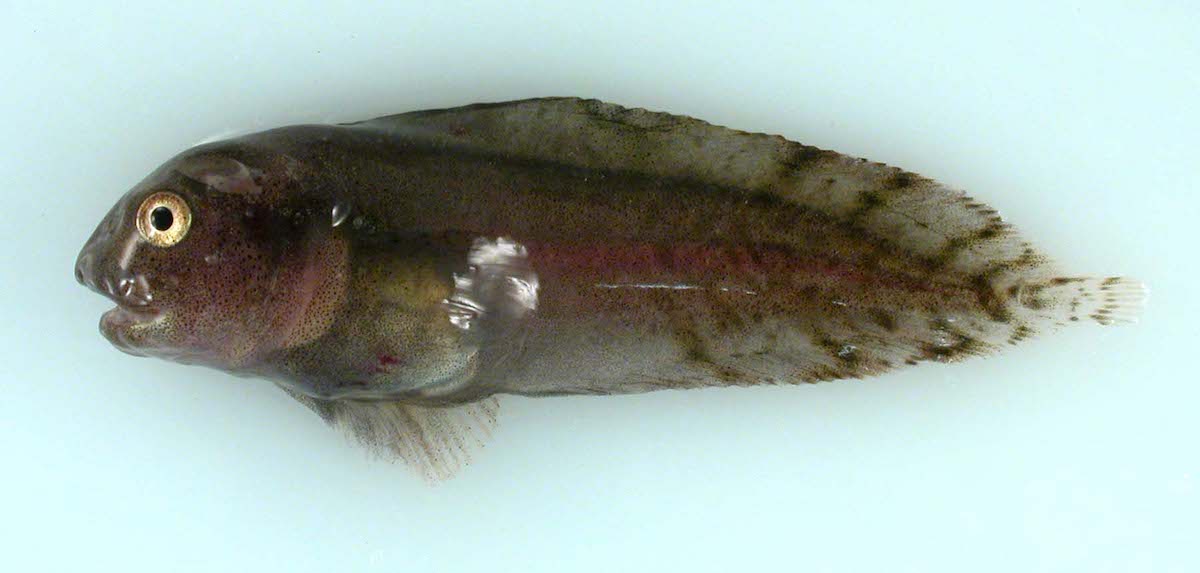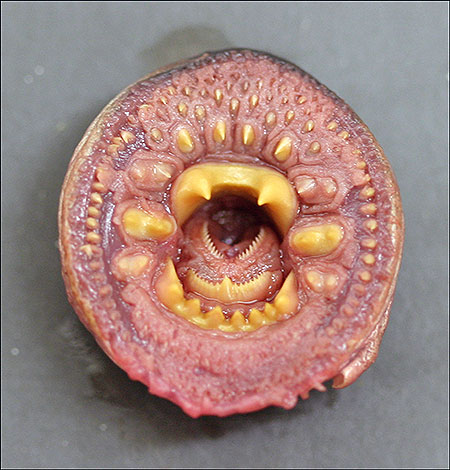4 Fish that Live in the Arctic
The cold never bothered these fish anyway

When you think of Arctic animals, there are probably a few that come to mind. You likely picture distinctive critters like polar bears, puffins or narwhals—which is great! These animals deserve to be celebrated.
But what about the less charismatic species? The Arctic is packed with weird and wonderful animals, many of whom are found below the cold waters of the Arctic Ocean. Today, we’re taking a moment to recognize some of the lesser-known fish that call the ocean home. Read on to meet some of the Arctic’s most unusual fishy residents.
Salmon Shark (Lamna ditropis)

Gelatinous Seasnail (Liparis fabricii)

The gelatinous seasnail is a small, tadpole-shaped fish that lives in the deep, freezing waters of the Arctic. They can be found in depths up to 6,000 feet—which is some seriously cold water. Like other snailfish, it has a disc-shaped mouth that can suck up small invertebrates off the sea floor. We don’t know too much about this small fish, but we do know that this critter is an important prey item for commercially important fish like Atlantic cod.
Fish Doctor (Gymnelus viridis)

This fish may not have gone to medical school, but don’t hold that against it. Fish doctors are small, brown fish that blend in with their preferred seaweed habitats. They sometimes also have dark bands or strips that become more prominent as they get older. Fish doctors live year-round in the Arctic Ocean in temperatures that drop below freezing in the winter. They prey on small organisms like copepods and amphipods, and are eaten by larger Arctic animals like seals, seabirds and cod. Unfortunately, no one knows how it got its name, but perhaps it was for a heroic medical rescue of another fish. Paging Dr. Fish, anyone?
Arctic Lamprey (Lethenteron camtschaticum)

Oh, and there was this one time when Arctic lampreys rained from the sky in Fairbanks (spoiler alert: it was thanks to birds!)
Looking for more Arctic species? Check out these five sharks found in the Arctic.